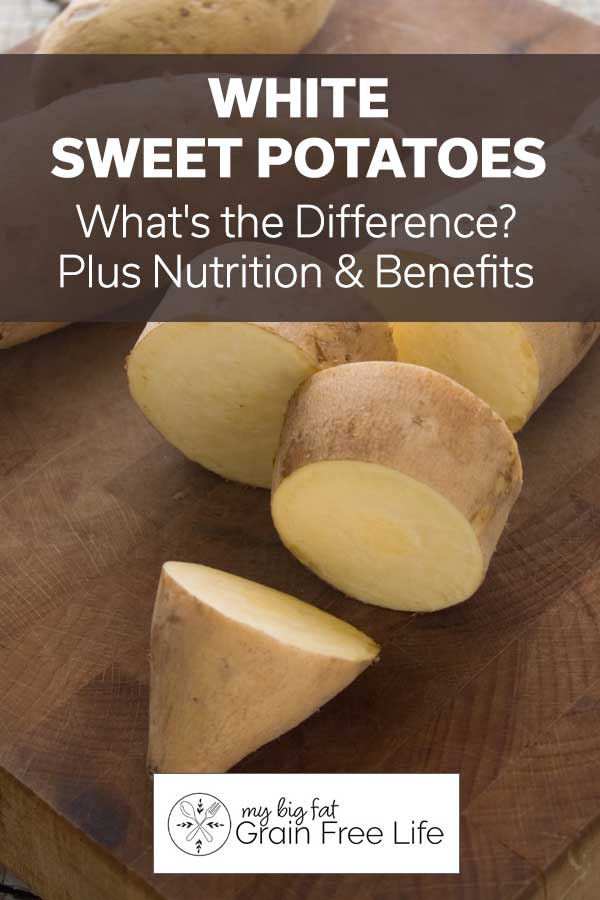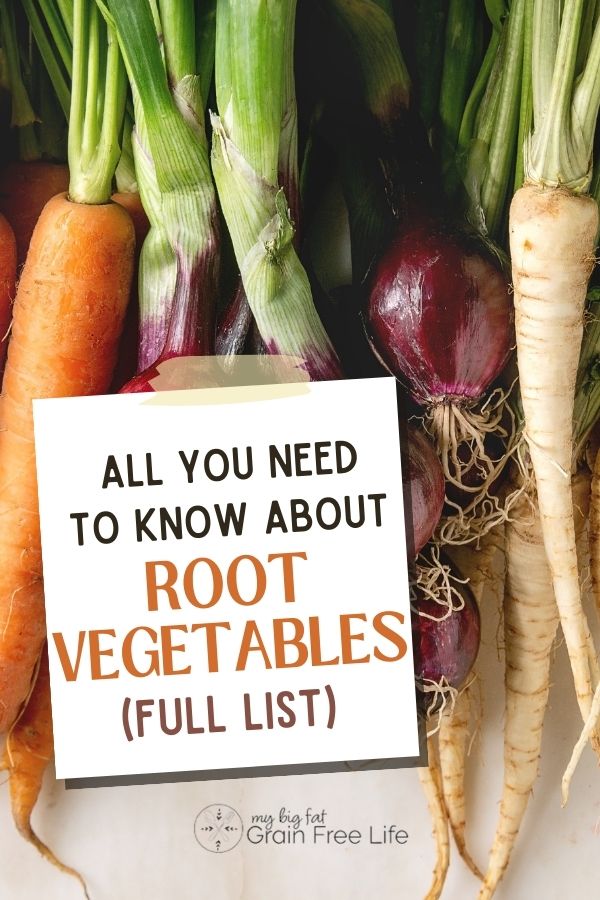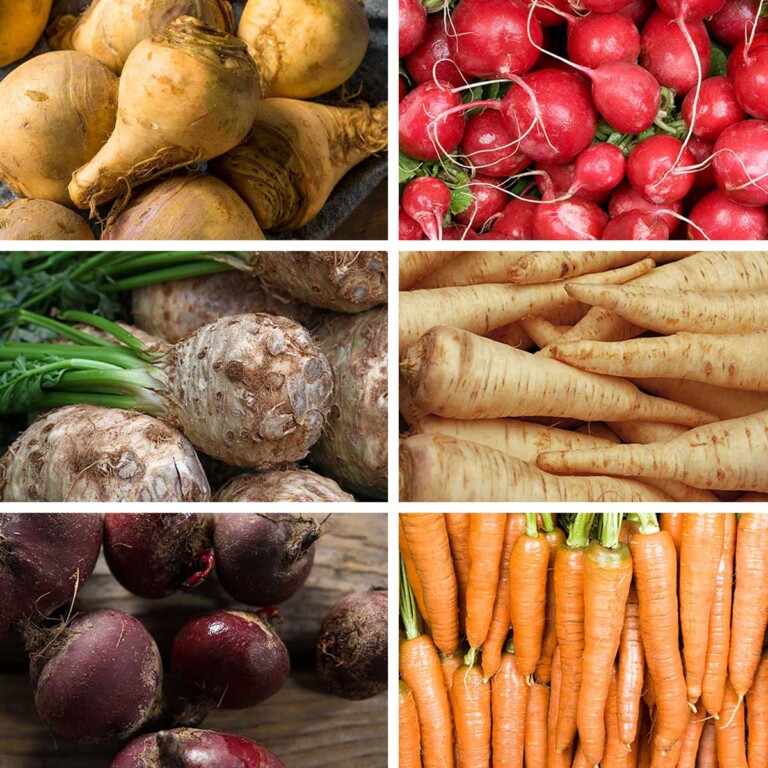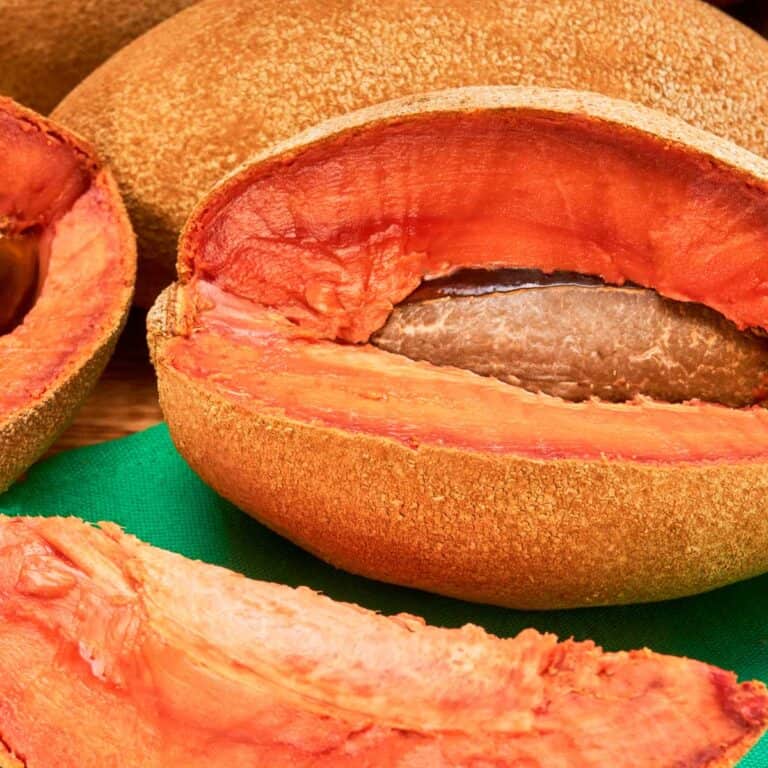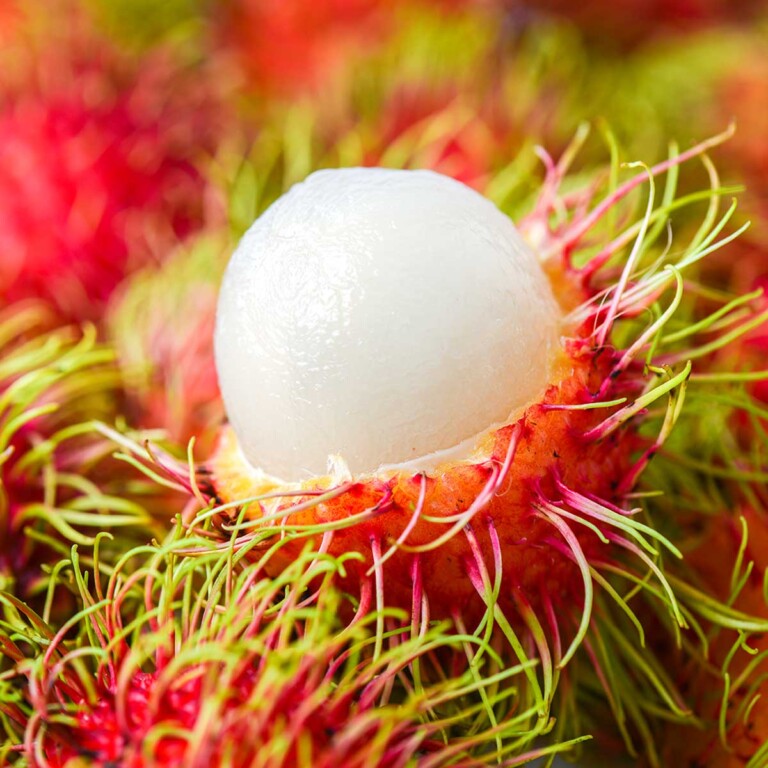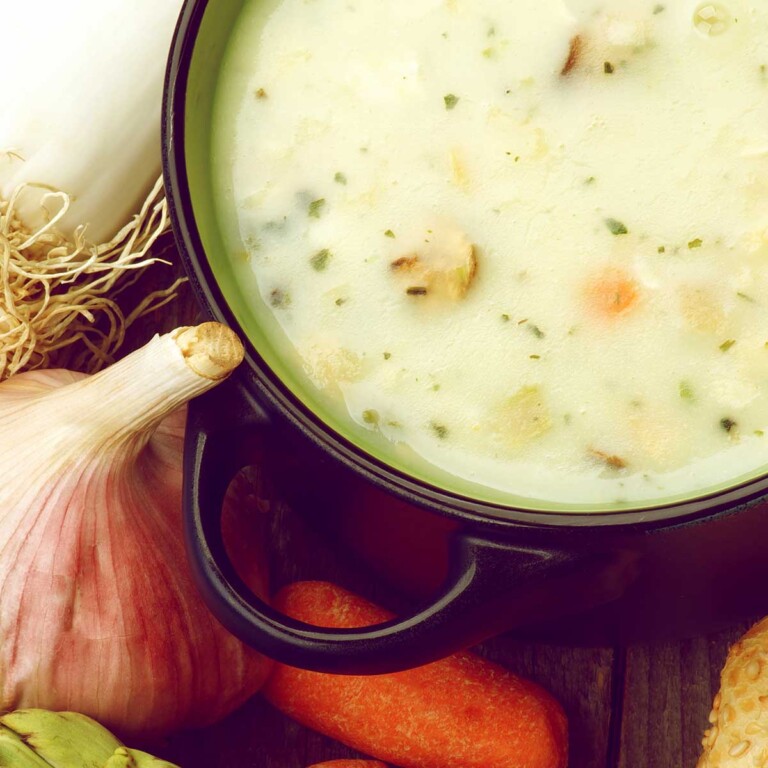Ornamental Gourds: Different Types, Growing & Curing
This post may contain affiliate links. If you make purchase after clicking a link, I may receive a commission at no extra cost to you.
Last Updated on March 26, 2024
We’ve all seen the cute, tiny pumpkins sitting amongst ornamental displays. Have you ever wondered if you can eat them? Most of the gourds you will come across, while looking attractive alongsize leaves other symbols of fall are attractive, they’re not normally edible. Learn what you need to know about ornamental gourds, including the different types, and how to grow and cure them.

Gourds
Gourds are available in an array of sizes, shapes, and colors. Some are small enough to fit in your palm, while others can grow as large as a watermelon.
The shapes vary from the usual round or oval to more peculiar forms that can resemble anything from a swan to a snake. Gourds can be found in shades of green, yellow, orange, white, and even multicolored patterns.
But perhaps the most intriguing feature of some gourds is their warts. These textured growths give certain gourds an eccentric charm, making them all the more fascinating.
What Is a Gourd?
Gourds are classified as fruits belonging to the Cucurbitaceae family, which includes gourds, melons, cucumbers, and all types of squashes. They are often used as a popular fall decoration.
Types of Gourds
- Cucurbit Gourds: Also known as cucurbita gourds, these are typically small gourds with green skin that turns dark green as they mature.
- Bottle Gourds: Lagenaria siceraria, or bottle gourds, have a long neck and hard shells. They’re often used as storage containers or musical instruments.
- Sponge Gourds AKA Luffa Gourds: The sponge gourd, or luffa, produces fruit that’s used as a natural sponge when mature.
- Snake Gourds: With their long, slender neck resembling a snake, these gourds are part of the larger gourd family and can be both decorative and edible.

Most Common Gourds
There are dozens of varieties of gourds grown across North America and sold at farmers’ markets and fall sales. Here’s a list of common gourd varieties you might find:
Martin Gourds
Also called birdhouse gourds, these gourds are often used for making birdhouses due to their shape. They’re typically round with a short neck and are not edible.
Bottle Gourds
Also known as ‘calabash’, they have a simple, bottle-like shape. They’re edible when young and are commonly used in cooking.
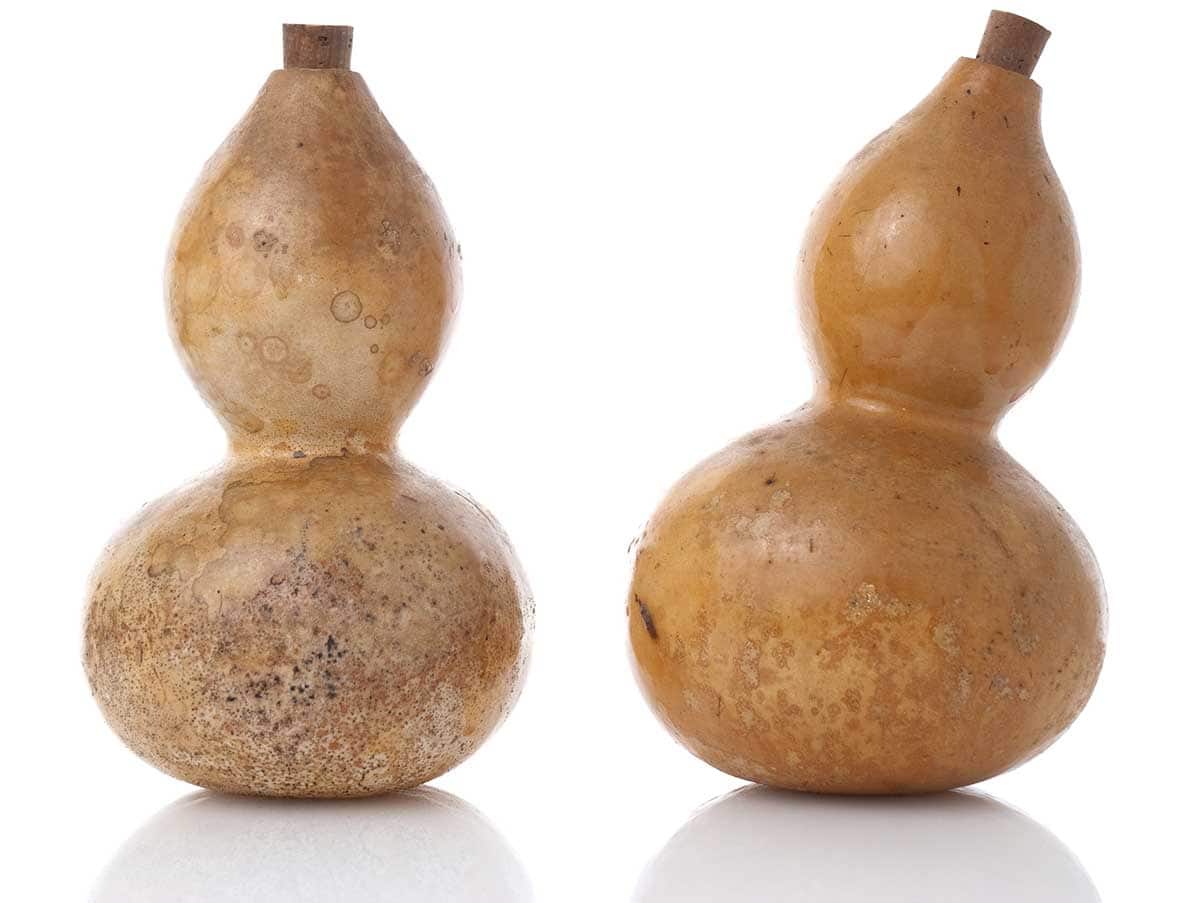
Swan/Goose Gourds
With their long, elegant shape, these long-necked gourds resemble swans or geese. While not typically eaten, they are often a go-to for ornamental uses.
Dipper Gourds
Named for their resemblance to a ladle or dipper, these gourds are often used to create tools or musical instruments. They’re not typically eaten.
Extra Long Handled Dipper Gourds
Just like regular dipper gourds but with an extra-long handle. Great for crafting!
Apple Gourds
These small, apple-shaped gourds are mostly decorative and not usually eaten.
Warty Gourds
Known for their textured skin, these gourds are usually used for decoration rather than eating.
Penguin Gourds
With their round body and ‘beak’, these gourds look like penguins! They’re mainly decorative.
Canteen Gourds
Named after their resemblance to old-fashioned water canteens, they’re often used in crafts and are not typically eaten.
Bushel Gourds
These large, round gourds can hold up to a bushel (unit of measurement for volume). They’re primarily used for storage and decoration.
Snake Gourds
Long and curved like a snake, these gourds are edible when young and often used in cooking.
Dinosaur (Maranka) Gourds
Known for their unique, dinosaur-like skin texture, these gourds are primarily decorative.
Club Gourds
These gourds have a shape similar to a club and are mostly used for crafts or decoration.
Loofah/Luffa Gourds
When mature, the inside of these gourds can be used as a natural sponge! They’re edible when young.

Tennessee Spinner Gourds
Small and round, they’re often used for crafts, especially spinning tops.
Egg Gourds
These tiny gourds resemble eggs and are great for decorating or crafting.
Spoon Gourds
Shaped like a spoon, these gourds are mainly used in crafting.
Daisy Gourds
With their fluted edges, these small gourds look like daisies. They’re typically used for decoration.
What Are Gourds Used For?
Gourds have a wide array of uses. Some types like the bottle gourd or dipper gourd are used as storage containers while others like luffa gourds serve as natural sponges. Many indigenous peoples use them as musical instruments. Decorative gourds are popular for fall displays.

History of Gourds
Gourds have been around for a long time and were first cultivated in Peru thousands of years ago. They were often used as containers and utensils because of their hard shells when matured. This multi-purpose use made them a pretty handy thing to have around.
The cultivation and use of gourds spread from South America to other parts of the world through trade and exploration. Different regions started growing different varieties of gourds based on their local needs and environmental conditions.
In Asia, particularly in China and Japan, gourds played a significant role in culture and folklore. They were often associated with health, longevity, and warding off evil spirits.
Articles on the folklore surrounding gourds:
Moving on to Africa, gourds were utilized extensively in daily life. They were used as musical instruments, like the Shekere, which is a type of West African percussion instrument made from a dried gourd with beads or cowries woven into a net covering the gourd.
And then there’s North America, where Native Americans used gourds for making birdhouses to attract birds that would help control insect populations.

Can You Eat Gourds?
While certain types of gourds are edible, most are not typically consumed. Edible varieties include the snake gourd and some smaller gourds. Gourds are most often used for decorative displays.
Why are Gourds Popular for Fall Decor?
Gourds are popular for fall decor due to their array of shapes, sizes, and colors. They can be displayed on their own or alongside other fall favorites like ornamental corn.
Gourds Vs Squash Vs Pumpkins
Gourds, squash, and pumpkins are all part of the Cucurbitaceae family and are often confused due to their similar appearances. However, they each have unique characteristics that set them apart.
Gourds
Gourds are primarily used for decoration or crafting due to their hard, inedible flesh. They come in a variety of shapes and sizes, with some even resembling animals or people. Gourds have been utilized by various cultures for centuries as containers, utensils, musical instruments, and art objects.
Squash
Squash is a vegetable that can be used in a variety of recipes. It is available in numerous varieties including butternut, spaghetti, acorn, and zucchini. Squash is highly nutritious and includes high amounts of vitamins A and C, fiber, and potassium.
Recipes Using Types of Squash:
- Butternut Squash and Parsnip Soup
- Zuchinni Pasta Salad
- AIP Pasta
- Spaghetti Squash Recipes
- Stuffed Winter Squash
Pumpkins
Pumpkins are probably the most recognized of the three. They are not only used for fall decorations, but are often used in pies, soups, and breads while the seeds can be roasted for a healthy snack. Pumpkins are also rich in vitamins A and C, as well as fiber and potassium.
Recipes using Pumpkin:
- AIP Pumpkin Recipes (Paleo, Gluten Free, Dairy Free)
- Pumpkin Cake with Chocolate Ganache
- Gluten-free Almond Flour Pumpkin Muffins
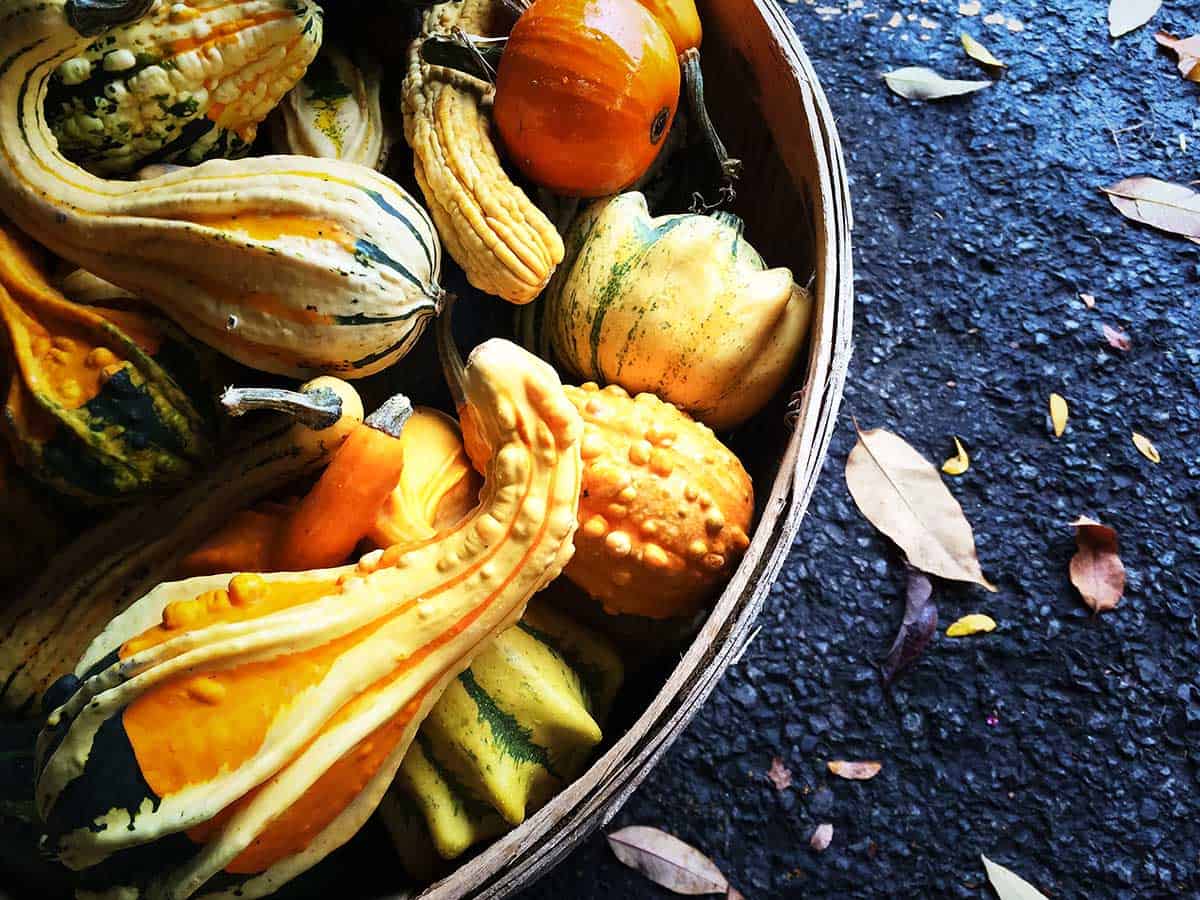
How to Grow Gourds
Growing gourds requires patience as they have a longer growing season than most fruit and vegetables. If you’d like to grow your own gourds, here’s what you need to do.
1. Choose the Right Variety
The first step is to choose the right variety of gourd for your climate and space. Some gourds are suitable for warm climates, while others can tolerate cooler conditions. Also, consider the size of the mature plant. Some varieties can grow quite large and will need plenty of space.
2. Prepare the Soil
Gourds prefer well-drained soil that’s rich in organic matter. Prepare your garden bed by removing any weeds or rocks and loosening the soil with a garden fork or tiller. Add compost or well-rotted manure to increase fertility.
3. Plant the Seeds
Plant gourd seeds directly into the prepared soil after the last frost and the soil temperature has warmed up. Place 2-3 seeds about 1 inch deep in hills spaced 4-6 feet apart, depending on the variety’s growth habit.
4. Water Regularly
Gourds require a lot of water, especially during dry periods. Water deeply once a week, or more often if necessary, to keep the soil consistently moist but not waterlogged.
5. Fertilize as Needed
After the plants have established themselves and started to grow, apply a balanced vegetable fertilizer to promote healthy growth and fruit development.
6. Provide Support
Some gourd varieties are vining plants that will need support as they grow. Install a sturdy trellis or fence for them to climb on, or allow them to spread out over the ground if space allows.
7. Monitor for Pests and Diseases
Regularly check your plants for signs of pests like squash bugs or diseases like powdery mildew. If detected early, many issues can be treated effectively.
8. Harvest at the Right Time
Harvest gourds when they are fully mature and have developed a hard rind. The exact timing will depend on the variety, but generally, this is when the stem has dried and turned brown.
9. Cure and Store Properly
After harvesting, gourds need to be cured or dried for several weeks in a well-ventilated area out of direct sunlight. Once cured, they can be stored for several months in a cool, dry place.

Harvesting and Curing Gourds
- Selection of Gourds: The first step to harvesting and curing gourds is to select mature gourds. You can identify a mature gourd by its hardened shell and dull color.
- Harvesting: Use a sharp knife or pruner to cut the gourd from the vine, leaving a few inches of the stem attached. It’s important not to pull or twist the gourd off, as this can damage it.
- Cleaning: Once harvested, gently clean the gourds with a damp cloth to remove any dirt or debris. Avoid soaking them in water as this can lead to mold growth during the curing process.
- Drying: Place the gourds in a well-ventilated area with good air circulation out of direct sunlight for drying. This process may take up to a week. Turn them every few days to ensure all sides dry evenly.
- Curing: After drying, move the gourds to a dry, dark place for curing. This can take several weeks to months depending on the size of the gourd. During this time, the remaining moisture inside the gourd slowly evaporates, causing the interior pulp to dry out and harden.
- Inspection: Regularly inspect your gourds throughout the curing process for signs of mold or decay. If you notice any, remove these gourds from the rest to prevent spread.
- Final Drying: Once cured, allow your gourds an additional few days in a well-ventilated area to ensure they are completely dry before using or storing them.
Final Thoughts
Gourds can be fun to grow and use for crafts and decorations. The various colors, shapes, and sizes make it enjoyable to watch them grow, not always knowing exactly what each gourd will look like when it’s fully grown. If you follow the steps outlined above and start early enough, you could have yourself some gourds by fall!
Resources
- https://thesurvivalgardener.com/bottle-gourd-edible
- https://plants.ces.ncsu.edu/plants/lagenaria-siceraria
- https://plants.ces.ncsu.edu/plants/cucumis-anguria
- https://plants.ces.ncsu.edu/plants/luffa-aegyptiaca
- https://plants.ces.ncsu.edu/plants/lagenaria-siceraria
- https://www.nps.gov/articles/000/legend-of-the-gourd.htm
- https://www.sciencedirect.com/science/article/abs/pii/B9780128198155000240
- https://www.crafts-for-all-seasons.com/gourd-craft.html


